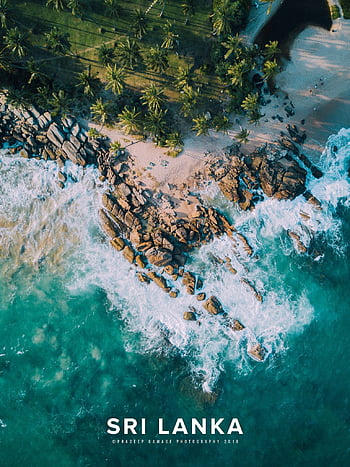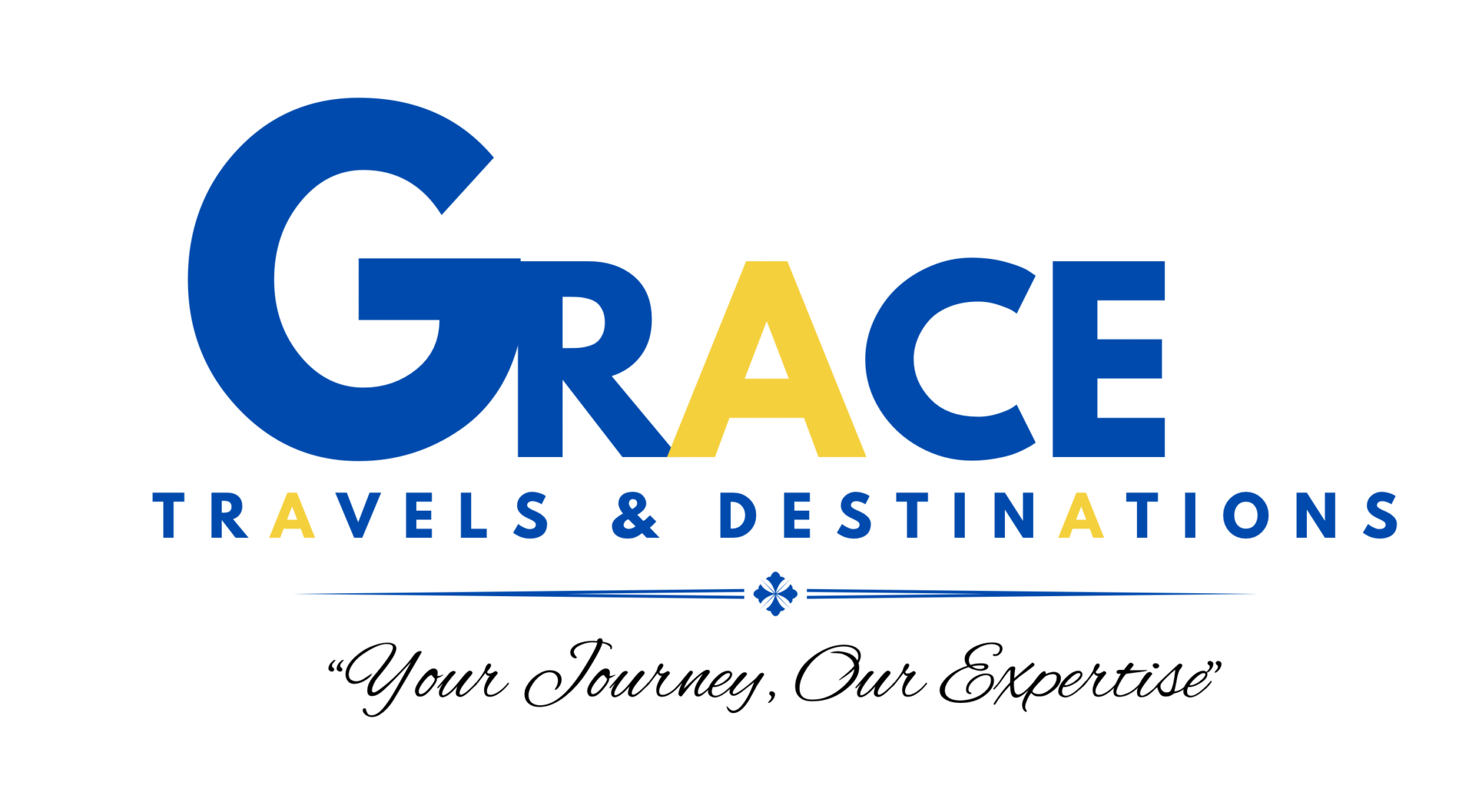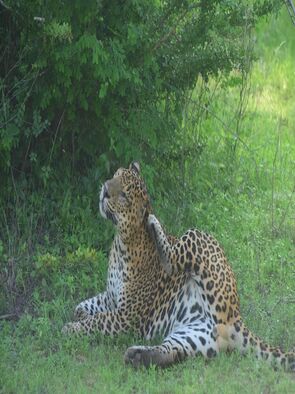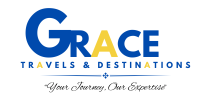Genaral Information About Sri Lanka
The Democratic Socialist Republic of Sri Lanka, a republic located between latitudes 5° 55′ to 9° 50′ north and longitudes 79° 42′ to 81° 52′ east, lies 650km north of the equator. The country spans 430km from north to south and 225km from east to west, with a coastline stretching 1,340km. Covering an area of 65,525 square kilometers, Sri Lanka’s administrative capital is Sri Jayewardenepura, while Colombo serves as its commercial hub. The island is divided into nine provinces: Central, North Central, North Eastern, North Western, Sabaragamuwa, Southern, Uva, Western, and Eastern Province. The typically tropical climate is influenced by the northeast monsoon (December to March) affecting the north and east, and the southwest monsoon (June to October) impacting the south and west. The terrain is mostly low, with flat to rolling plains and mountains in the south-central interior, where Pidurutalagala, the highest mountain, rises to 2,524 meters, and Bambarakanda, the highest waterfall, cascades down 263 meters. The national flower is the Blue Water Lily (Nymphaea stellata), and the island is home to national parks and nature reserves covering 8,000 square kilometers.
As of the latest census, Sri Lanka has a population of 21,128,773, with a growth rate of 1.3% and a density of 309 people per square kilometer. The average life expectancy is 74 years for females and 64 years for males, with a literacy rate of 87.9% for females and 92.5% for males. The population comprises various ethnic groups: Sinhalese (73.8%), Sri Lankan Moors (7.2%), Indian Tamil (4.6%), Sri Lankan Tamil (3.9%), and others (0.5%), with 10% unspecified. Sinhala is the official and national language spoken by 74% of the population, while Tamil, another national language, is spoken by 18%, and other languages by 8%. English, often used in government and spoken competently by about 10% of the population, acts as a link language. The religious landscape includes Buddhism (69.1%), Islam (7.6%), Hinduism (7.1%), and Christianity (6.2%), with 10% unspecified. Sri Lanka operates on standard time, which is five and a half hours ahead of GMT, with adjustments for summer-time changes in Europe. The country gained independence on February 4, 1948, and its currency is the Sri Lankan Rupee (LKR).



